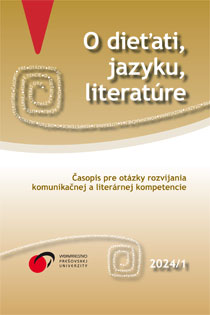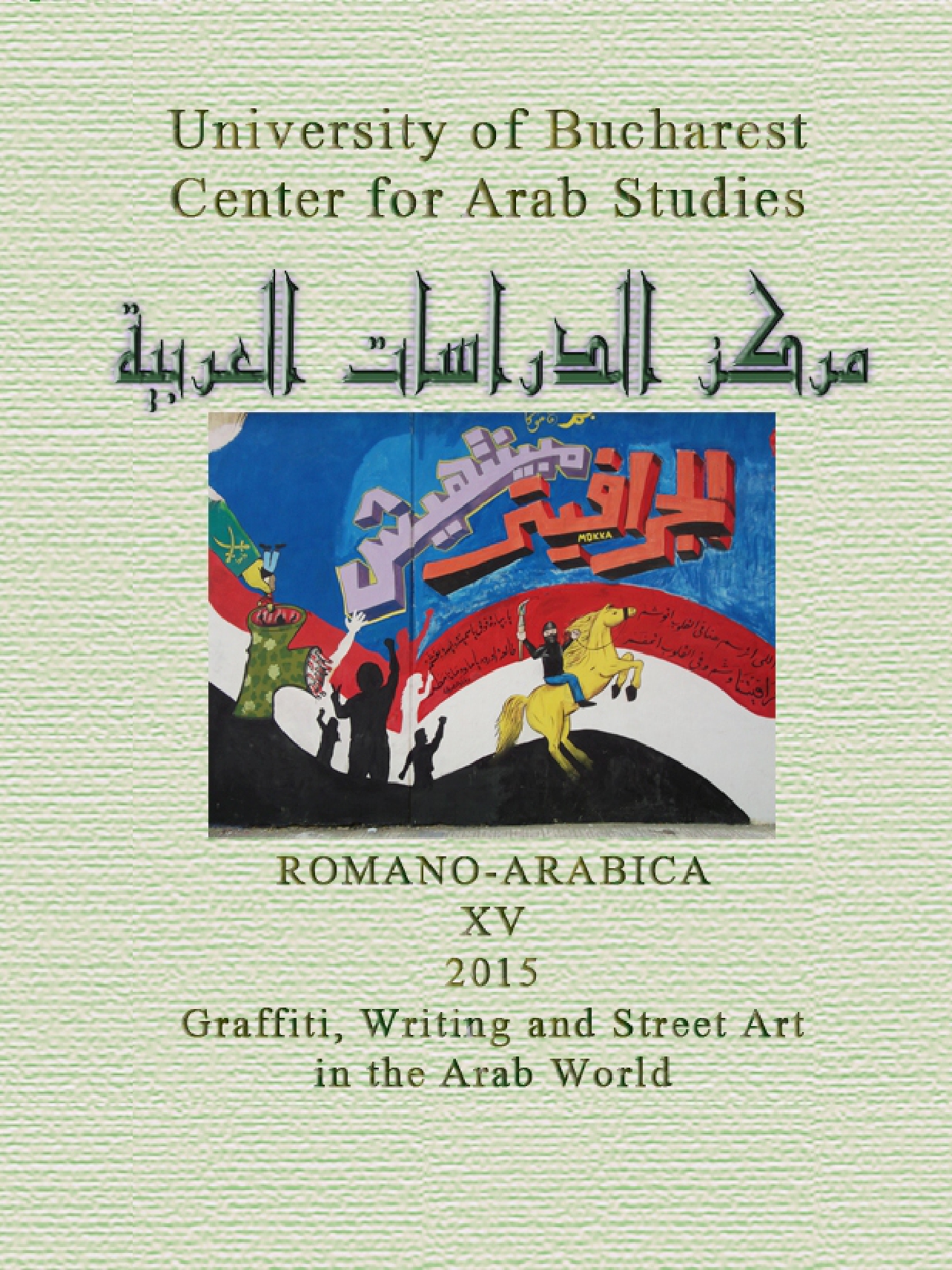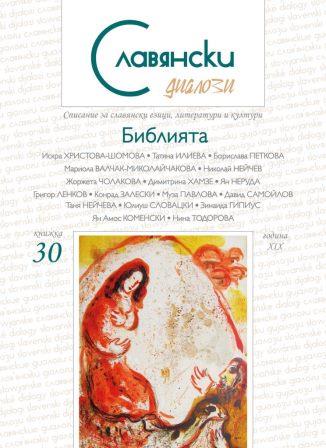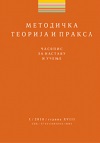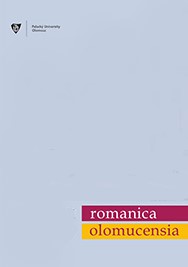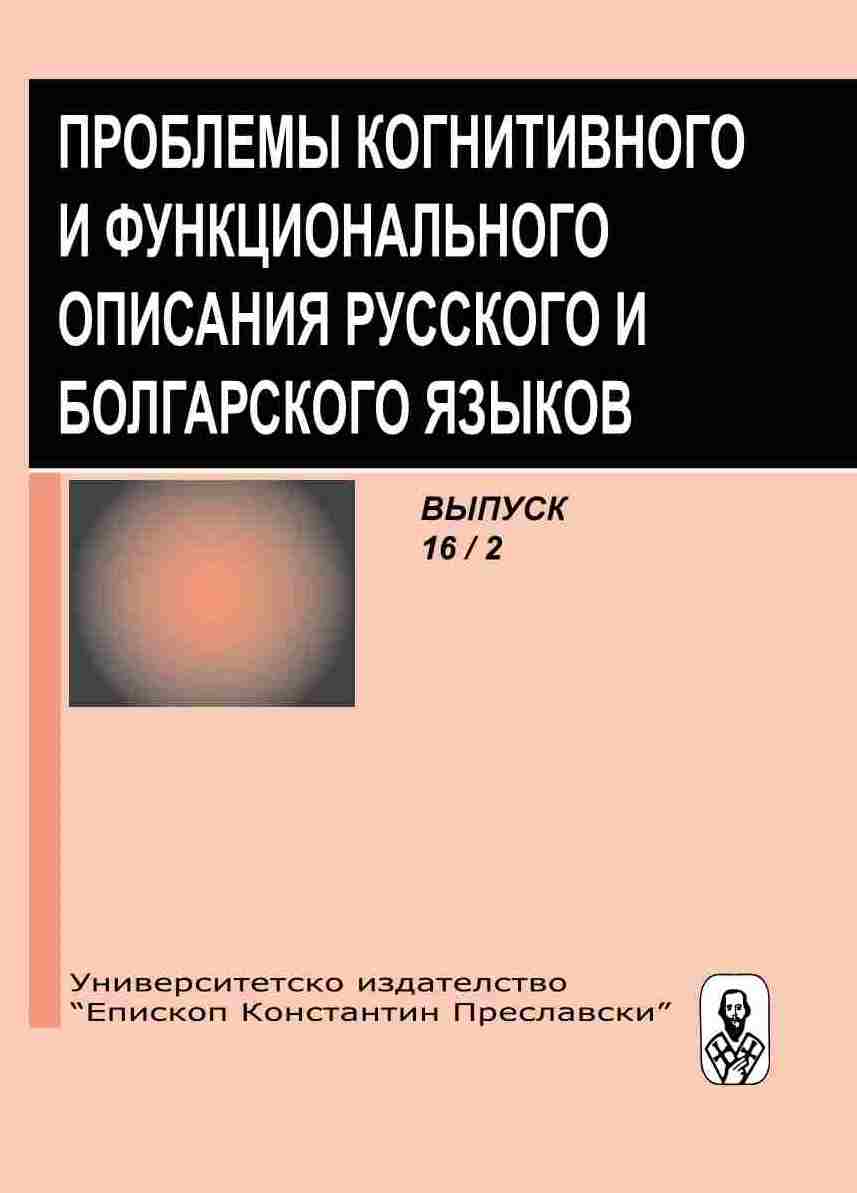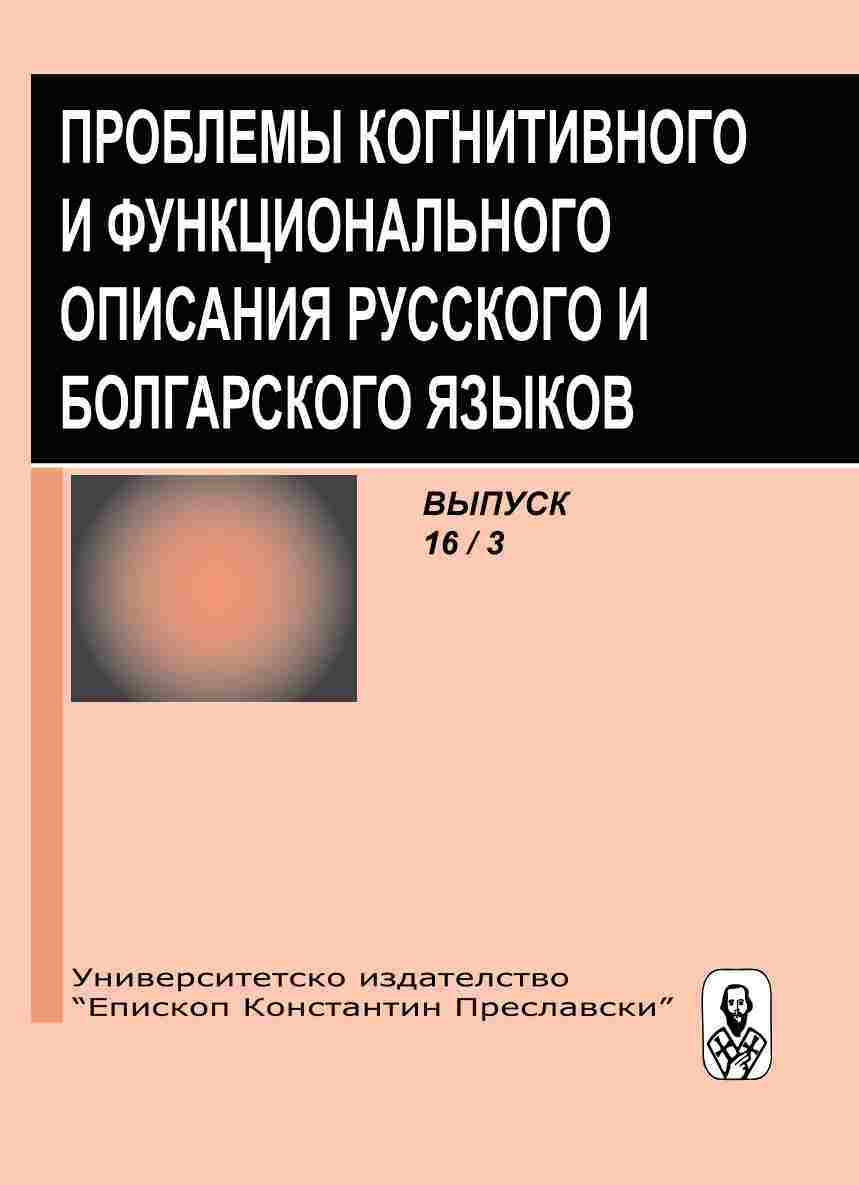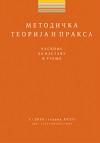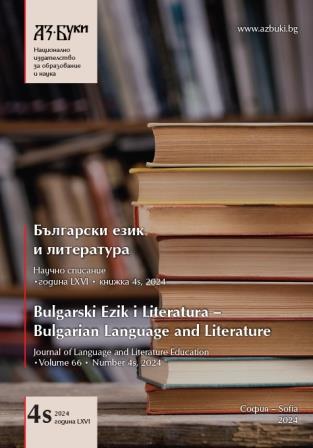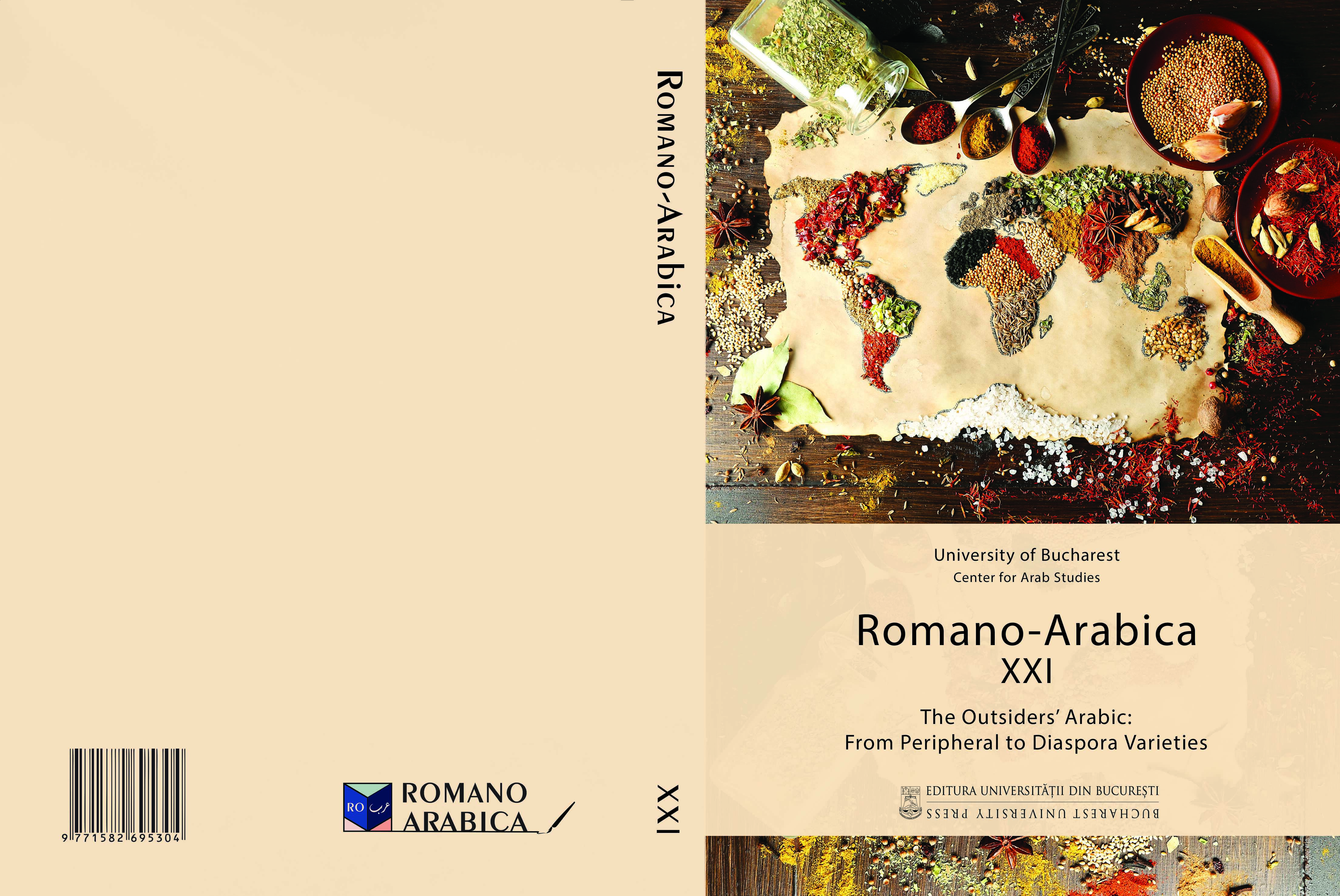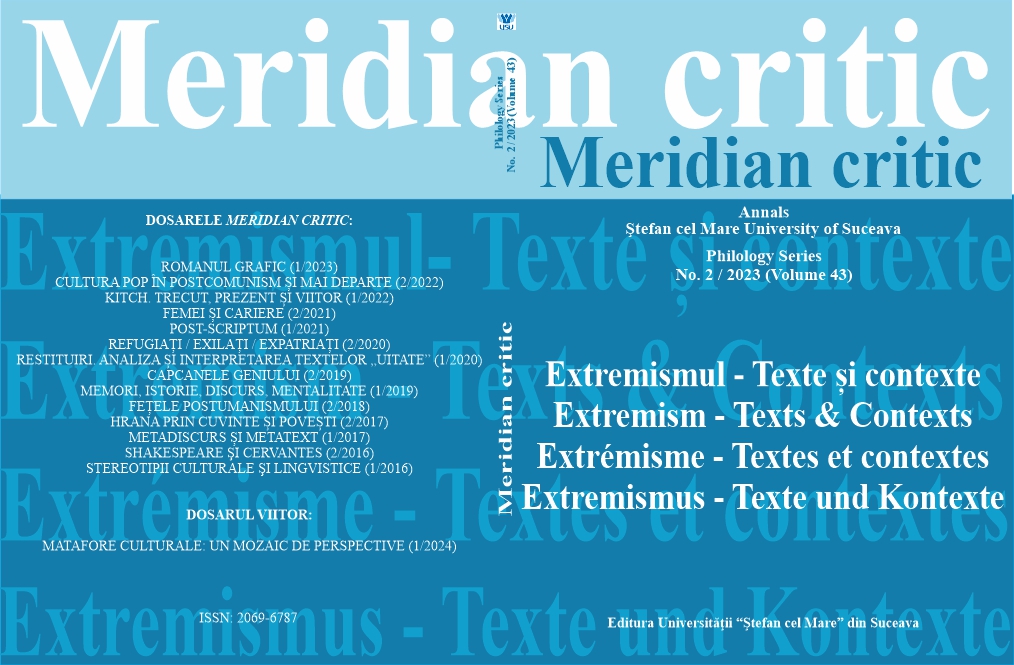
„Lupul din Țara Huțulilor” de Mircea Streinul și extremismul stereotipic în cadrul grupului etnic Huțul din Bucovina
The Hutsul minority from Bukovina represents an area of interest for researchers from several points of view: historical, literary, linguistic, ethno-folkloric. The present study is an analysis of the cultural extremism that appears in the relationship between Romanians and the Hutsuls, but also within the Hutsuls society, known as an isolated, conservative group and preserver of old traditions and rituals. Due to the fact that stereotypes about the features of a collectivity were constantly developed in the collective mind of the archaic world, they eventually led to the formation of sometimes false ideas or prejudices by which ethnic communities lived in conflict. Mircea Streinul is a writer from Bukovina who in the novel The Wolf from Hutsul Land (Lupul din Țara Huțulilor) presents the ethnic specificity of the Hutsuls group and analyzes the mythical valences of an archaic civilization that manifests through an extremist identity, with its own laws, without subordinating to anyone.
More...
